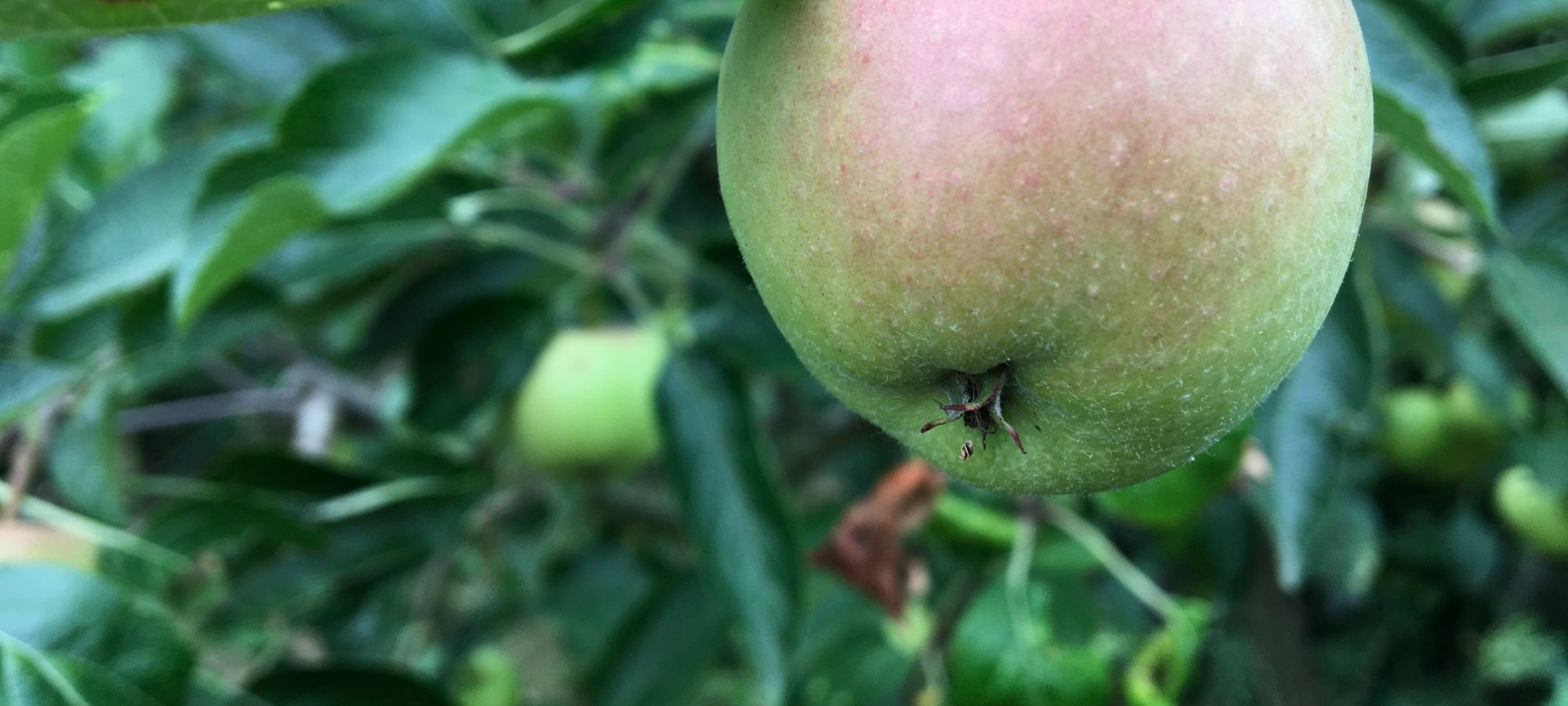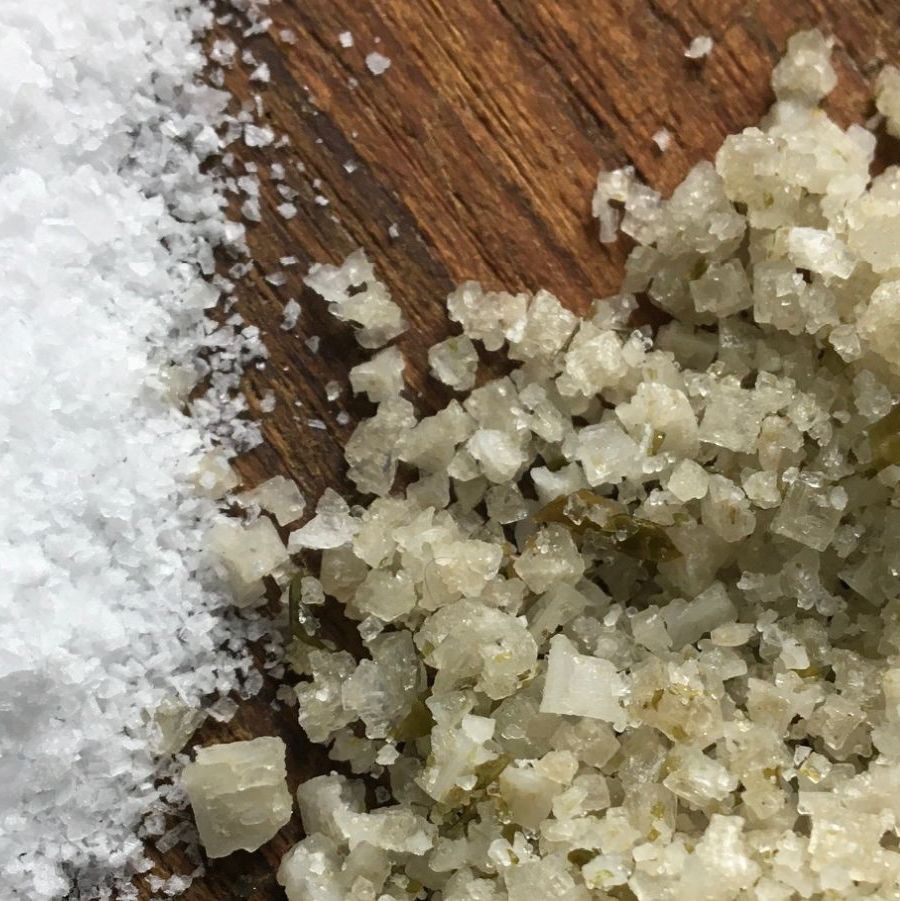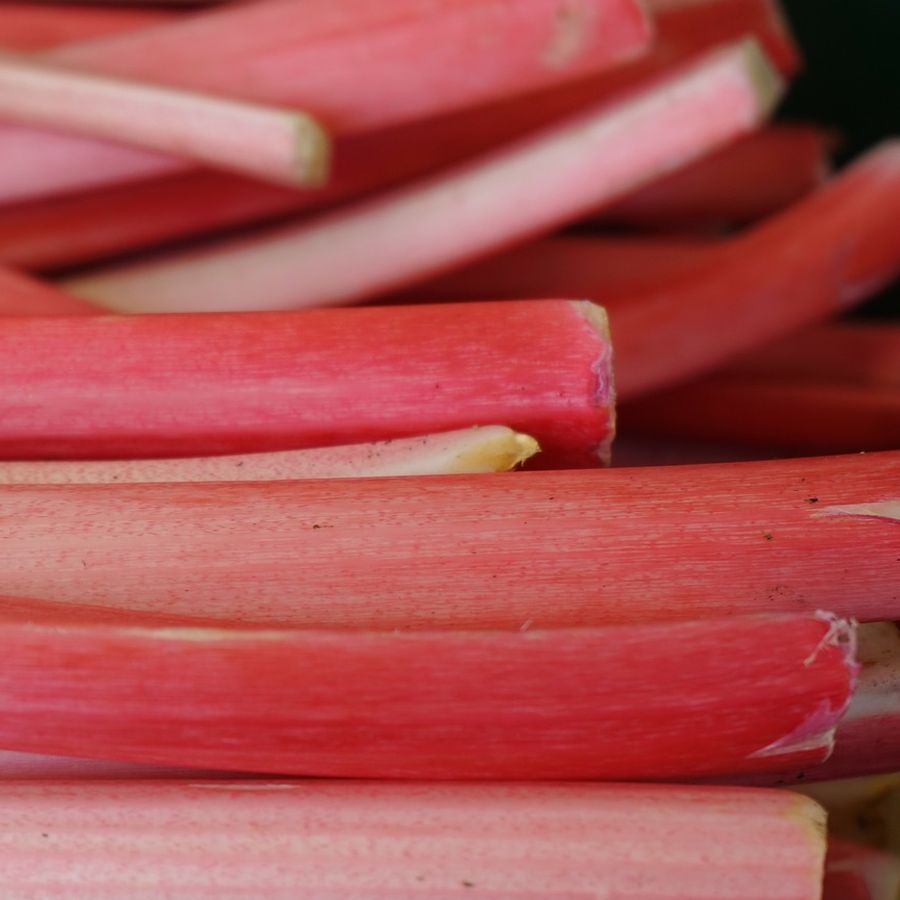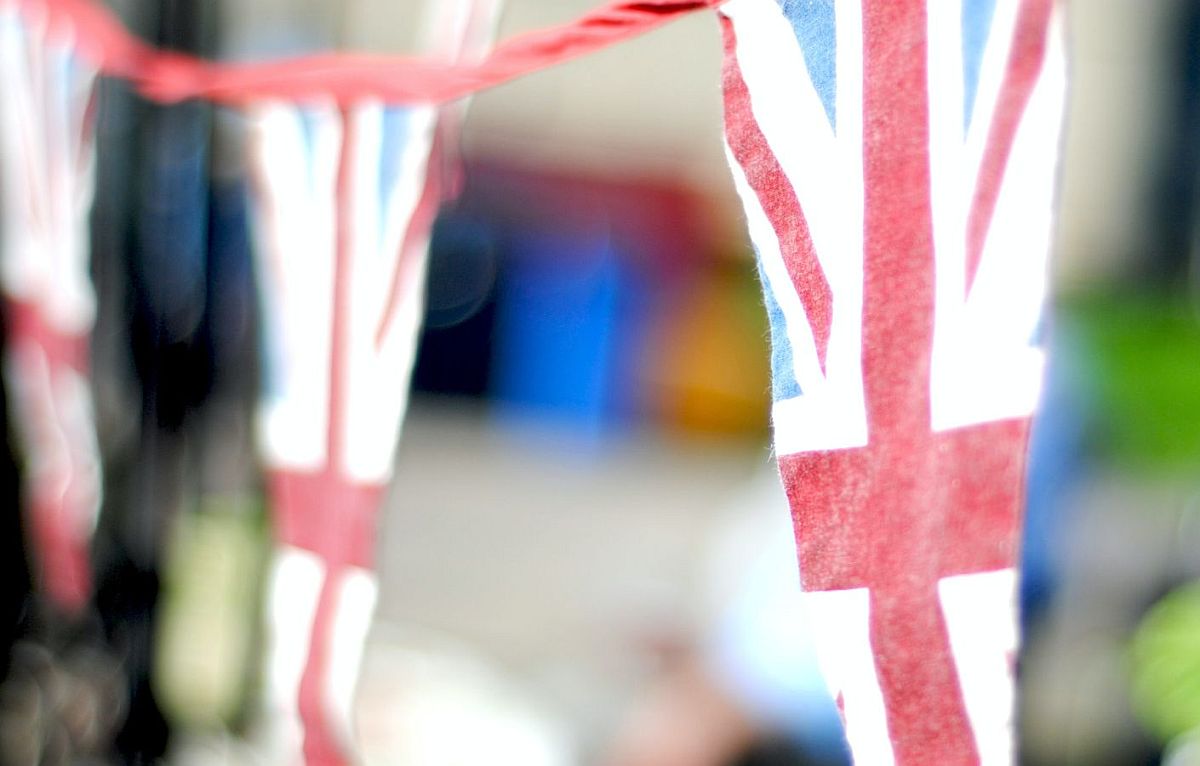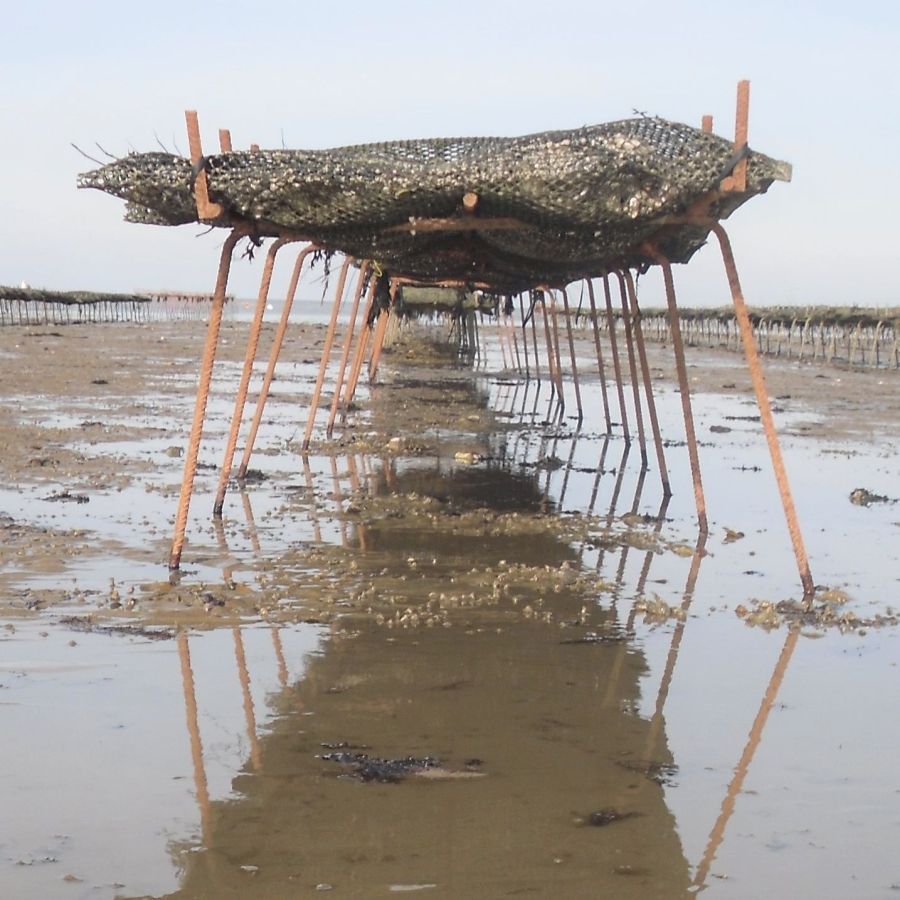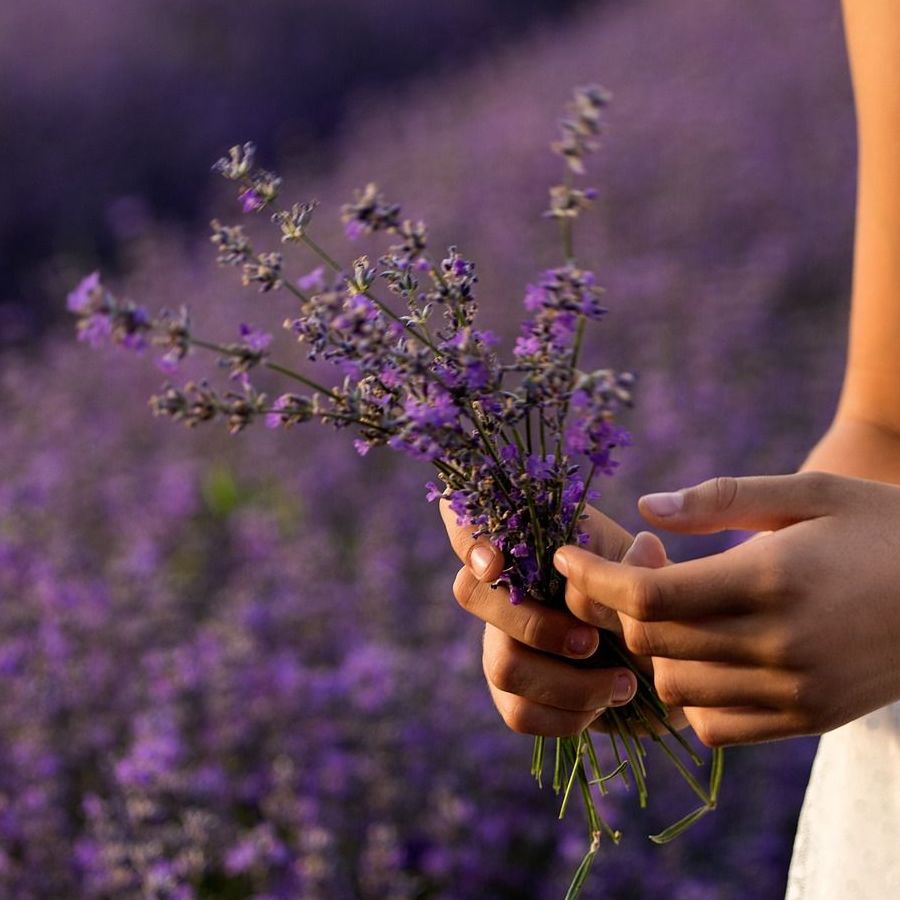Rhubarb Across Britain
Rhubarb grows naturally across the British countryside however the Rhubarb Triangle is the country’s most famous producer of forced Rhubarb.
Delicious and bursting with flavour rhubarb is perfect for stewing making crumbles and pies as well as preserves and jams.
The Rhubarb Triangle
The Rhubarb Triangle is in West Yorkshire, between Wakefield, Morley and Rothwell. The ideal combination of conditions in the area have contributed to its success and it has been an important part of the local economy for over 150 years.
Although originally not native to Britain, by the 1840s local markets were supplying rhubarb around the country.
Demand for Rhubarb grew, local trade boomed and producers started to cultivate rhubarb on a large scale.
Yorkshire has been the center of forced rhubarb production since 1877, when the first forcing sheds were constructed in the region.
By the 1870’s special trains known as the “rhubarb express” delivered fresh produce to London every night during the harvesting season months, running until the early 1960s.
At one point, Yorkshire produced 90% of the world’s winter forced rhubarb.
However, in the late 20th century, much of the land used for rhubarb production was sold for housing, and the number of growers declined significantly.
Today, there are only around 12 growers left in the “Rhubarb Triangle” region between Wakefield, Morley and Rothwell.
Yorkshire forced rhubarb was awarded Protected Designation of Origin (PDO) status in 2010, in order to preserve this unique regional product.
Yorkshire Forced Rhubarb has Protected Designation of Origin (PDO) status.
Yorkshire Forced Rhubarb
Yorkshire forced rhubarb is a unique and traditional product from the Yorkshire region of England.
It is an out-of-season variety of rhubarb that is first grown outdoors for 2 years to toughen the roots, then moved into dark, heated forcing sheds where it is harvested by candlelight.
The forcing process causes the rhubarb to grow quickly in search of light, resulting in longer, thinner stalks that are sweeter, more tender, and have a vibrant pink color compared to regular rhubarb.
This is because the lack of light prevents photosynthesis, which can make rhubarb taste bitter.
Inside the Rhubarb Sheds
Watch this great video from Artisan Films.
David Westwood came from a family steeped in Rhubarb growing, stretching back to the 1800’s. Still very much a family business the 500-acre farm.
The farm is situated right in the middle of Yorkshires famous ‘Rhubarb Triangle’, and this story begins at the door of the mysterious and ancient Rhubarb sheds.
Wakefield Rhubarb Festival
Each year, since 2007, the Rhubarb Festival is held in Wakefield, the ‘capital city of the rhubarb triangle’, which attracts visitors from around the country. The festival celebrates the industry and hosts cooking demonstrations and tours to the famous forcing sheds.
For more details visit Rhubarb Festival on Facebook
Varieties of Rhubarb
Varieties of rhubarb include Irish Giant, Valentine, Glaskins Perpetual , Victoria , Timperely Early, The Sutton. Forced Rhubarb is harvested each year in late December to March. Field grown, from April to September.
The Wakefield Museum
To learn more take a visit to the Wakefield Museum, where you can hear forced rhubarb growing (it makes an eerie creaking and popping sound!), and see rhubarb-related items from the collection.
Rhubarb Tours
E.Oldroyd & Sons Ltd. The family has 5 generations of experience in forced rhubarb production and each year tourists from far and wide flock to their farm at Carlton to see the rhubarb growing in the dark being harvested by candlelight.
http://www.yorkshirerhubarb.co.uk
BRITISH PRODUCTS
British Produce
Share this page


